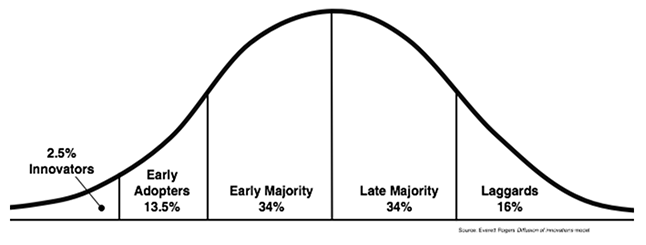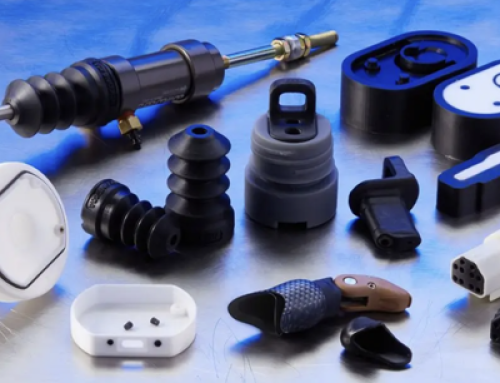Spoiler alert! Cimquest has achieved great recognition in the industry as a result of a risky business transformation started 4-½ years ago as well as my talented team who at times believed in this transformation sometimes more than I even did. The achievements are:
- Cimquest was the #1 global partner for Desktop Metal
- Cimquest was the #2 global partner for CNC Software (Mastercam)
- Cimquest was the #1 global partner for Xact Metal
So I am both amazed and proud of what we accomplished over the past several years. I think the more interesting story is how did we get here? What needed to take place to reach this level of success in just the 4 years since we completely rebooted our 3D Printing business and restarted with zero 3D Printer customers and zero revenue.
First off, when many of my peers learned that we were shedding a relationship with the only 3D Printer partner we had which comprised over 50% of our business to pivot to a model of best-in-class providers with a more diverse set of products they either thought I was crazy or I was making a smart move. In my own head, I probably questioned my own sanity but knew that it was the right move. Little did I know how challenging this transformation would be.
The first step is to formulate a business plan as to how to structure a business with multiple vendors with growing product lines. The challenging part of this process is trying to get an appreciation of how much you don’t know and how much a factor those uncertainties play in your success or failure. One of the issues that I didn’t appreciate was how difficult it is to find partnerships that met our needs. While some important characteristics were there many others were not. For example, we may have a great relationship that is very trustworthy but the brand of their product/company is very weak. It has been very difficult to find partnerships that checked all or at least most of the boxes.
The next step in undergoing such a major change in the business is to prepare the team. I have found that people handle change in the same proportion to the Roger’s Diffusion of Innovation Theory curve.

In other words, about 2.5% of people in a company are the ones who typically drive change. If you own a company you are probably one of them. So If you own a company of 40 people and you are an innovator, consider yourself to be lucky (or a great hirer of talent) if you have one or more other drivers of change. Approximately 13.5% will be excited about change and help move the company through the process. 34% may have some trepidation, but for the most part, will go along for the ride. The next 34% will be very concerned and uncomfortable and be slow to adapt to the change. The final group of 16% will be anywhere from extremely concerned to absolutely terrified. Yes, in one of the many changes I have put Cimquest though, someone actually went screaming out of the announcement meeting never to return. Unfortunately, many of those will even try to stop the change and throw up barriers. So if you are going to put your company through significant change, your responsibility is to help soften the blow. In other words, install and deploy airbags so that when the eventuality of the change hits the company there is something to allow deceleration to occur over a longer period of time before you hit the wall. The details of this change management process is probably too lengthy to discuss in this article but might make sense to cover in the future.
Once you get the company on the same page, you must get them all rowing in the same direction. Many times these pivots also mean a restructuring of resources and duties. Even though we have been through many major pivots, we have never had to lay off personnel due to the process. Being able to perform these maneuvers requires a great deal of planning and preparation. Having the team on board, excited, and working towards a common goal is paramount to making the pivot a success.
The combination of our talented and knowledgeable staff, successfully executing these steps, as well as leveraging the unstoppable rapid growth of production, additive manufacturing has enabled Cimquest to become a world leader in the manufacturing world.
If you want to learn more about Metal 3D Printing, look for our next newsletter where we will be announcing a webinar series to help educate those who wish to better understand the importance of metal additive manufacturing and how it can dramatically improve your business.




Hello Rob, great article! Also looking forward to working with you and your team!
Regards,
Brigitte Lambrecht